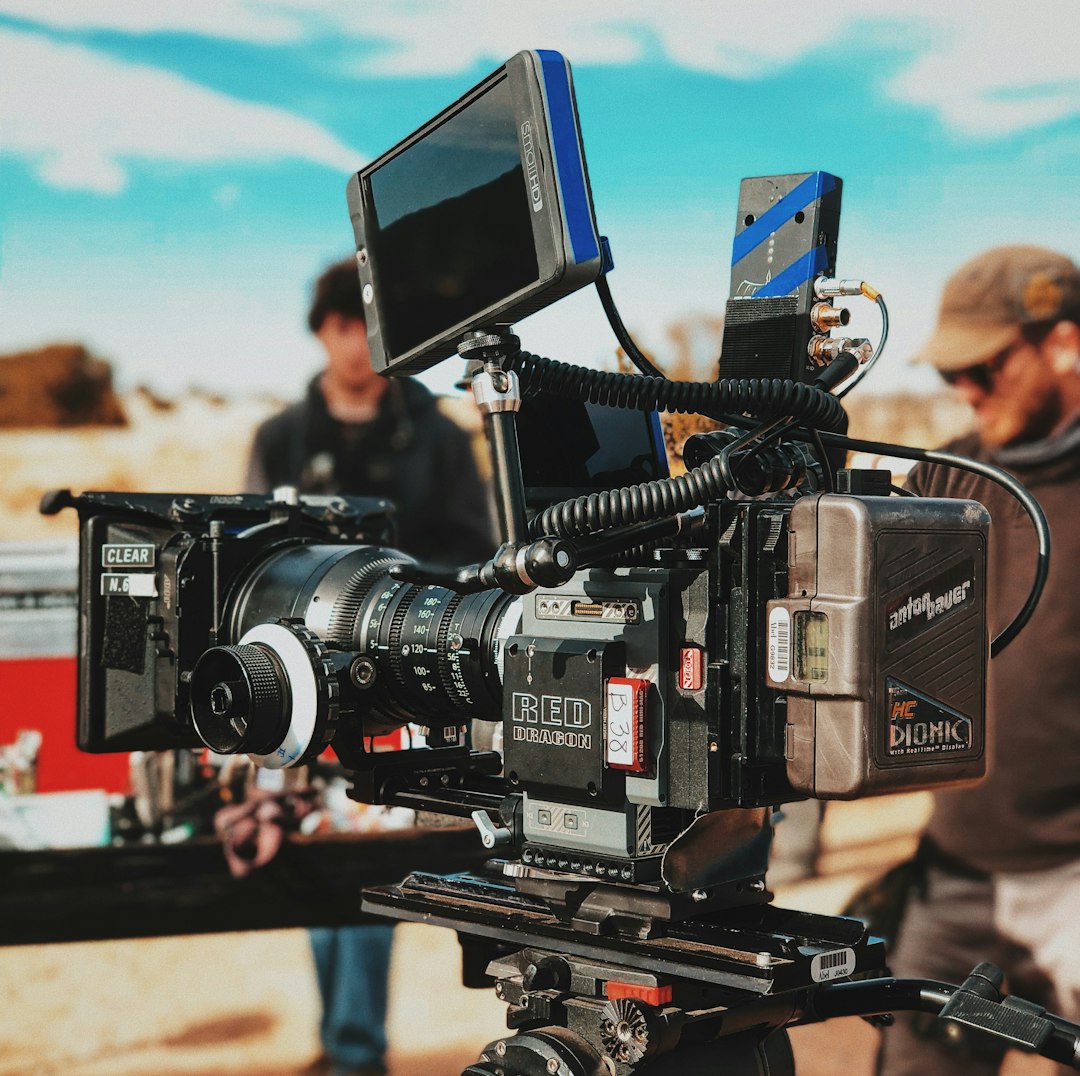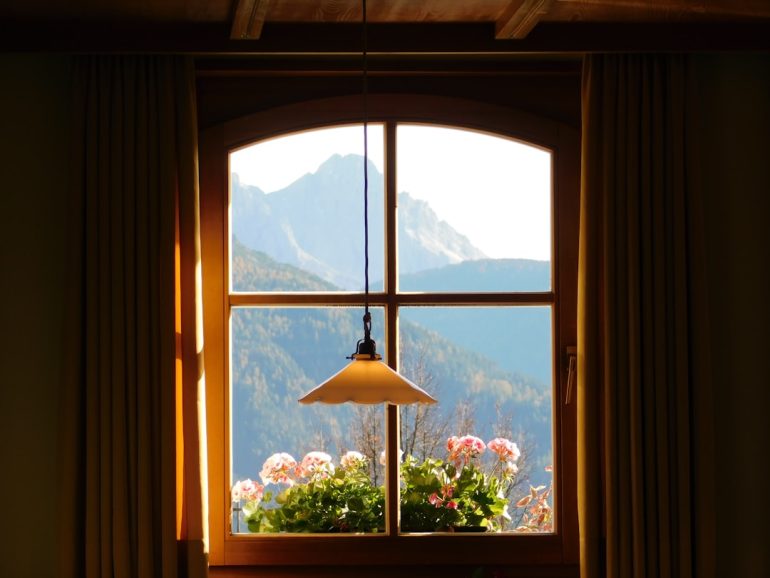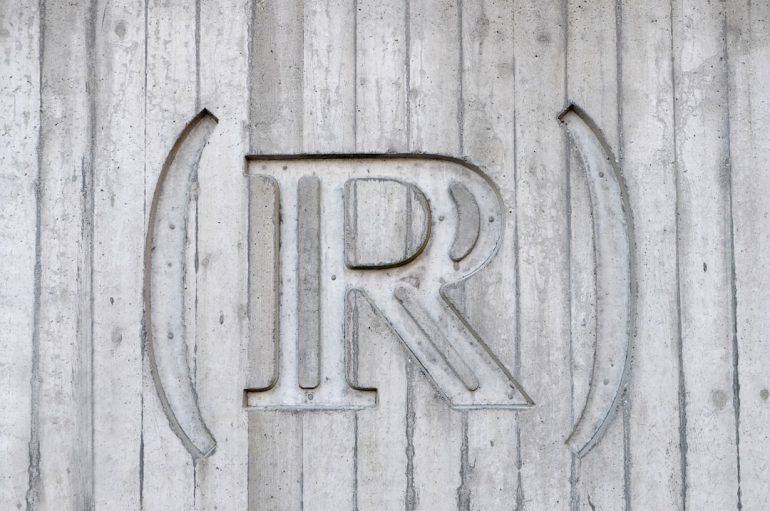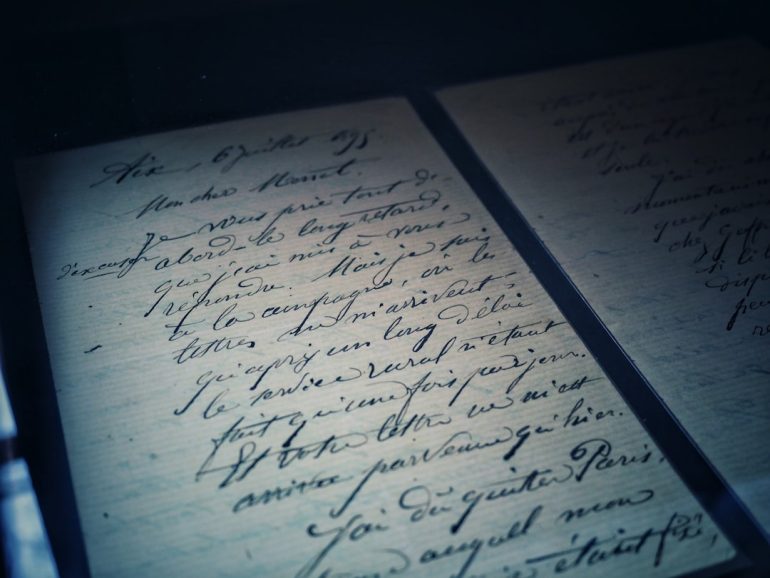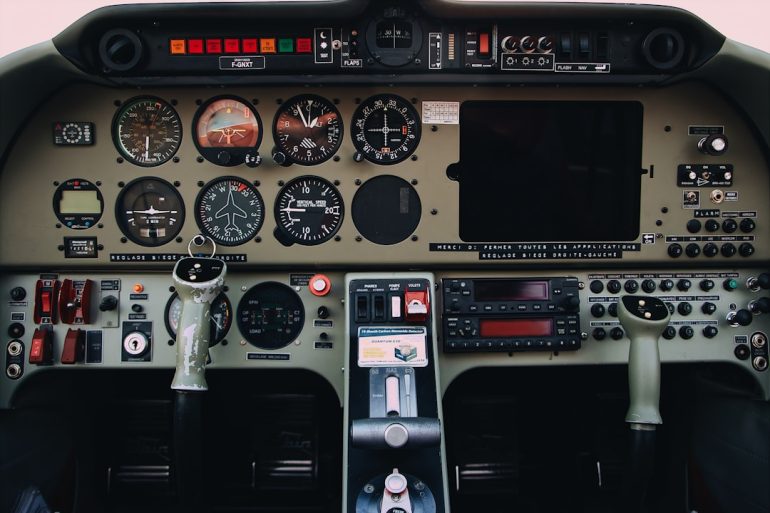What is Kodak Ektachrome good for?
Since its reintroduction in 2018, Kodak Ektachrome has regained a notable position among analog photography enthusiasts. Known for its unique color profile, fine grain, and high resolution, Kodak Ektachrome is a color reversal (slide) film originally used in various professional and amateur applications throughout the 20th century. But what exactly is Kodak Ektachrome good for today?
In this article, we will explore the strengths of Ektachrome, its ideal applications, and why film photographers still choose it in the digital age.
Vivid Colors and Fine Detail
Table of Contents
Kodak Ektachrome is widely praised for its exceptionally vivid, true-to-life colors. Unlike color negative films that typically lean into a warmer or stylized tone, Ektachrome offers a more realistic and slightly cooler color palette. This quality makes it a preferred choice for applications where color accuracy is critical.
- Landscape Photography: With its ability to capture subtle gradients in sky, water, and terrain, Ektachrome excels in natural landscapes. The color richness combined with its exceptional dynamic range makes it ideal for photographing nature.
- Portraiture: While not as forgiving as some negative films, Ektachrome still performs well in controlled lighting environments, delivering vibrant skin tones without excessive saturation.
- Architectural Photography: Its sharpness and color neutrality make Ektachrome suitable for capturing buildings where fine lines and accurate hues are vital.

High Resolution and Fine Grain
One of the most notable characteristics of Kodak Ektachrome is its fine grain and high resolution. Slide films like Ektachrome produce very sharp images, making them suitable for large-format prints or high-detail scans. Professional photographers often choose Ektachrome when they need to archive their work with a high level of fidelity.
This clean look is especially valuable for:
- Editorial Photography: Magazines and publications sometimes still request slide film images due to their detailed, high-quality render.
- Slide Projection: Although no longer mainstream, slide projectors can display Ektachrome images with unmatched clarity and brilliance, bringing older methods of storytelling back to life.
Precise Exposure Latitude
Unlike color negative films, Ektachrome has a relatively narrow exposure latitude. While this might appear to be a drawback, it can be an advantage for experienced photographers who desire control and intention in every shot. Because Ektachrome does not tolerate overexposure well, it encourages attentive, calculated composition and metering.
This attribute makes it beneficial in educational contexts and for professional shooting where exposure discipline is part of the workflow.
Durability and Archival Quality
Color slide films, including Ektachrome, have a reputation for excellent archival stability when stored properly. The images retain their vibrancy for decades, making Ektachrome a trustworthy medium for:
- Archival Work: Museums, historians, and documentary photographers appreciate Ektachrome for long-term documentation purposes.
- Personal Legacy Projects: Photographers aiming to create a legacy portfolio that stands the test of time often turn to Ektachrome for its longevity.
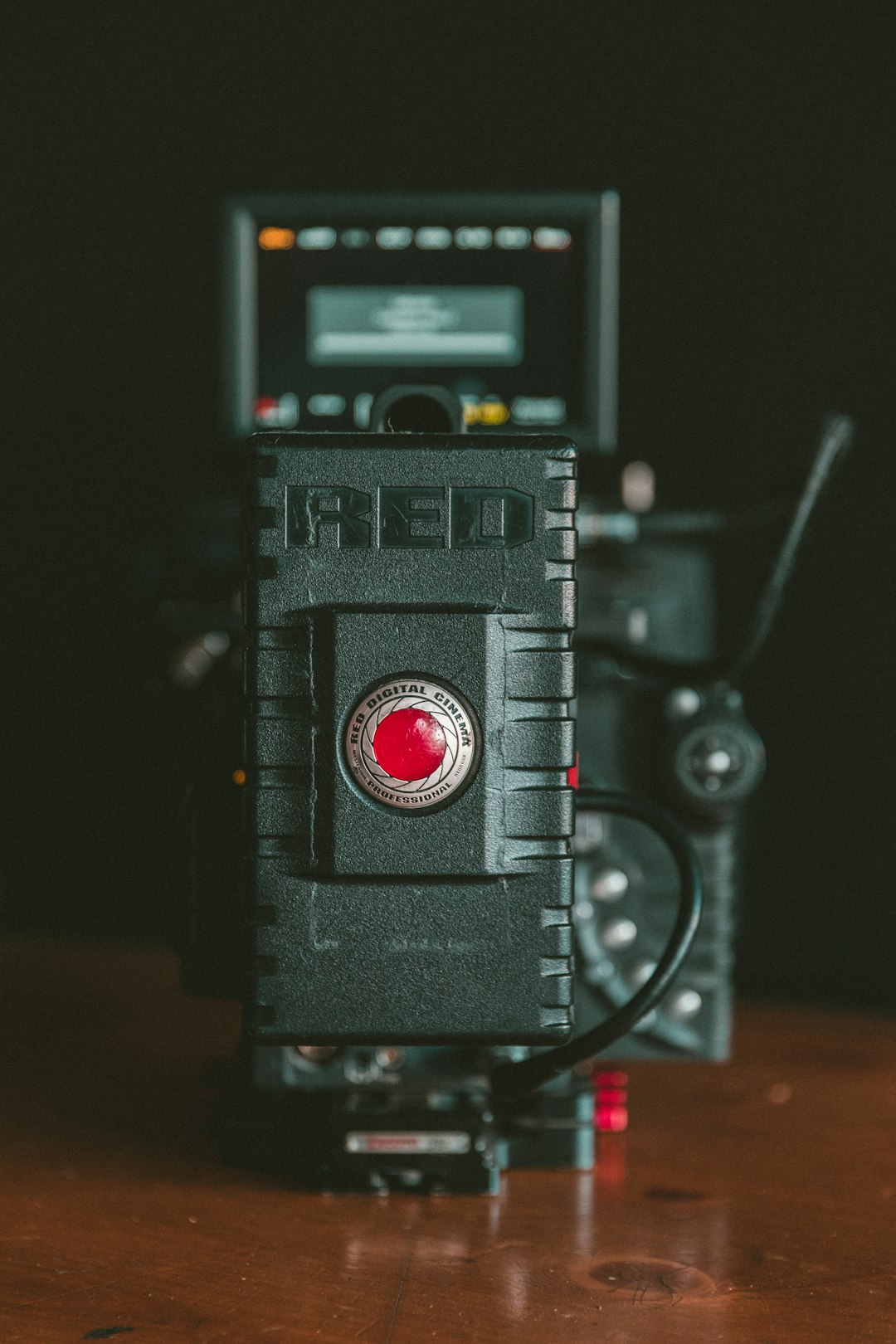
The Look of Legacy
Perhaps one of the most cherished aspects of Kodak Ektachrome is its timeless aesthetic. The film was used widely by National Geographic and other major publications in the mid-to-late 20th century. That heritage continues to influence the aesthetic judgments of photographers seeking a nostalgic yet refined look in their work.
Moreover, the unique combination of grain structure, color fidelity, and saturation gives Ektachrome a cinematic feel that digital filters strive to replicate but rarely match. This makes it a favorite among those working on creative projects like short films or photobooks.
Limitations and Considerations
Despite its advantages, Ektachrome is not without drawbacks. Its limited exposure latitude means it’s less forgiving to mistakes. Additionally, slide film must be developed using the E-6 process, which is less widely available and slightly more costly than the C-41 process used for color negatives. These factors make Ektachrome more suited to deliberate and experienced photographers rather than casual users.
Conclusion
Kodak Ektachrome is an outstanding film choice for those seeking color accuracy, high resolution, and a visually timeless aesthetic. It is ideal for landscape and architectural photography, studio portraits, archival work, and creative projects that demand a professional-quality look. Though it requires thoughtful use, its results justify the care it demands.
By understanding what Ektachrome is good for, photographers can unlock its full potential and create images that not only look exceptional today but will also stand the test of time.

